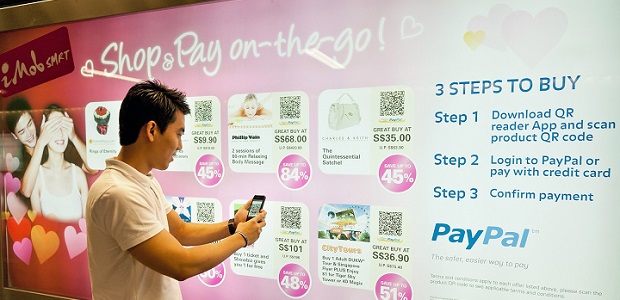
The People’s Bank of China (PBOC) announced plans Wednesday to regulate QR code payment to contain risks arising from the popular service. Payment institutions must obtain proper permits to offer barcode-based payment services, according to a document released by the PBOC.
Both banks and non-banking payment institutions must channel cross-bank transactions involving barcodes through the clearing system of the PBOC or other legal clearing houses. The institutions should also enhance their security to prevent data breaches, according to the document.
Paying through QR code is increasingly popular. By scanning QR codes at convenience stores, subway stations or street vendors, people can buy almost anything. The number of China’s mobile payment users has exceeded 520 million, according to Ant Financial, Internet company Alibaba’s financial affiliate.
But the growing popularity of the payment method has also brought concerns such as security issues and unfair market competition, the PBOC said in the document.
The central bank has always been seeking a delicate balance between encouraging innovation and controlling risks, and the new standards on barcode payment have reflected that principle, it said.
The standards will be put into trial use from April next year.
Source: xinhuanet.com
Banking 4.0 – „how was the experience for you”
„To be honest I think that Sinaia, your conference, is much better then Davos.”
Many more interesting quotes in the video below: